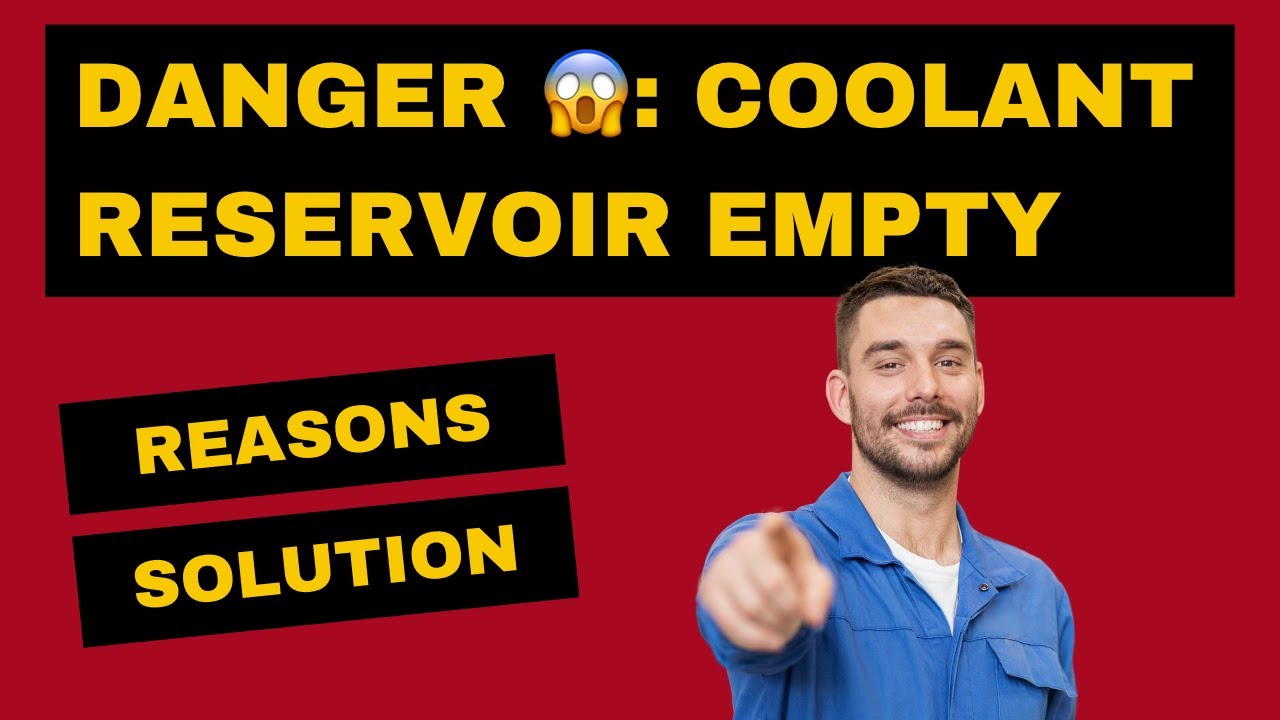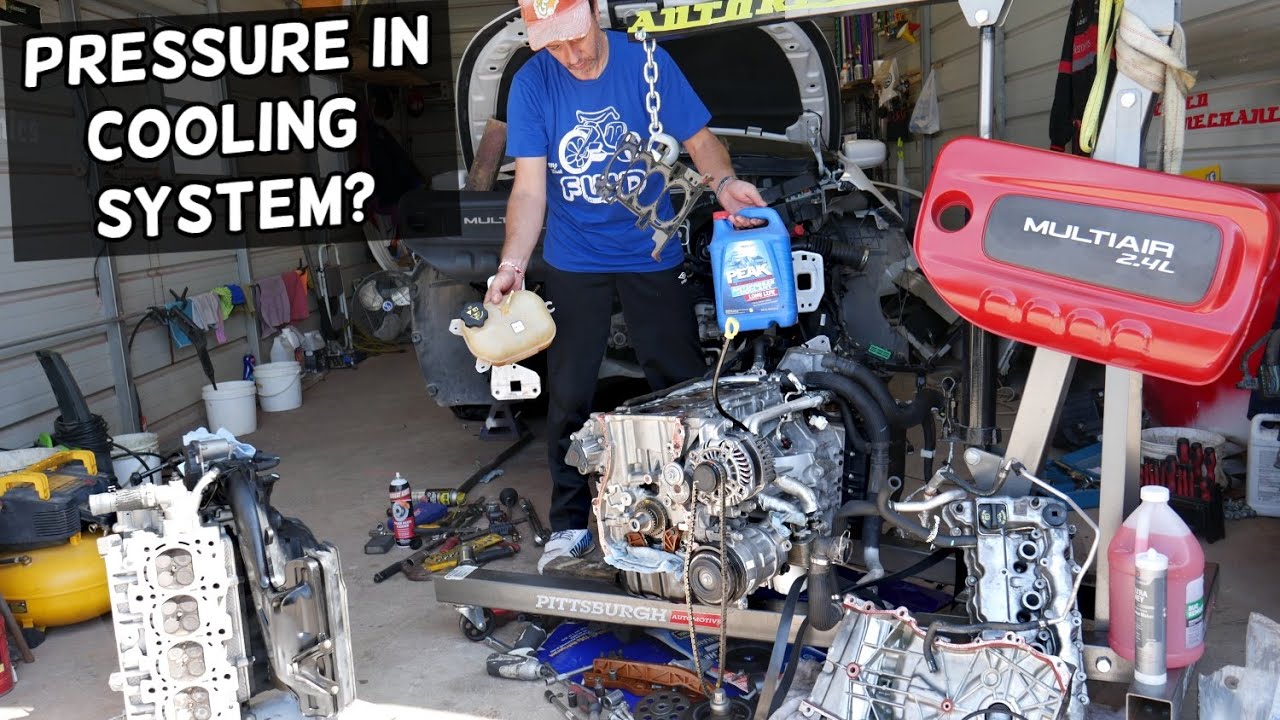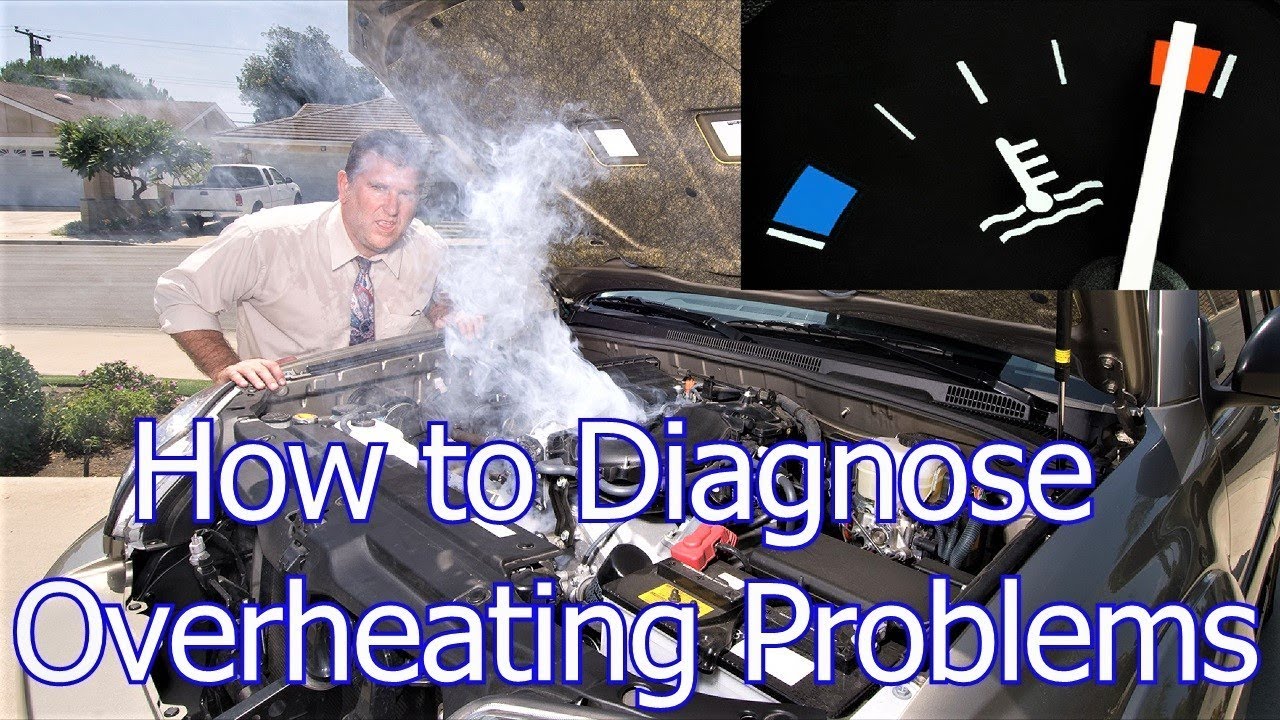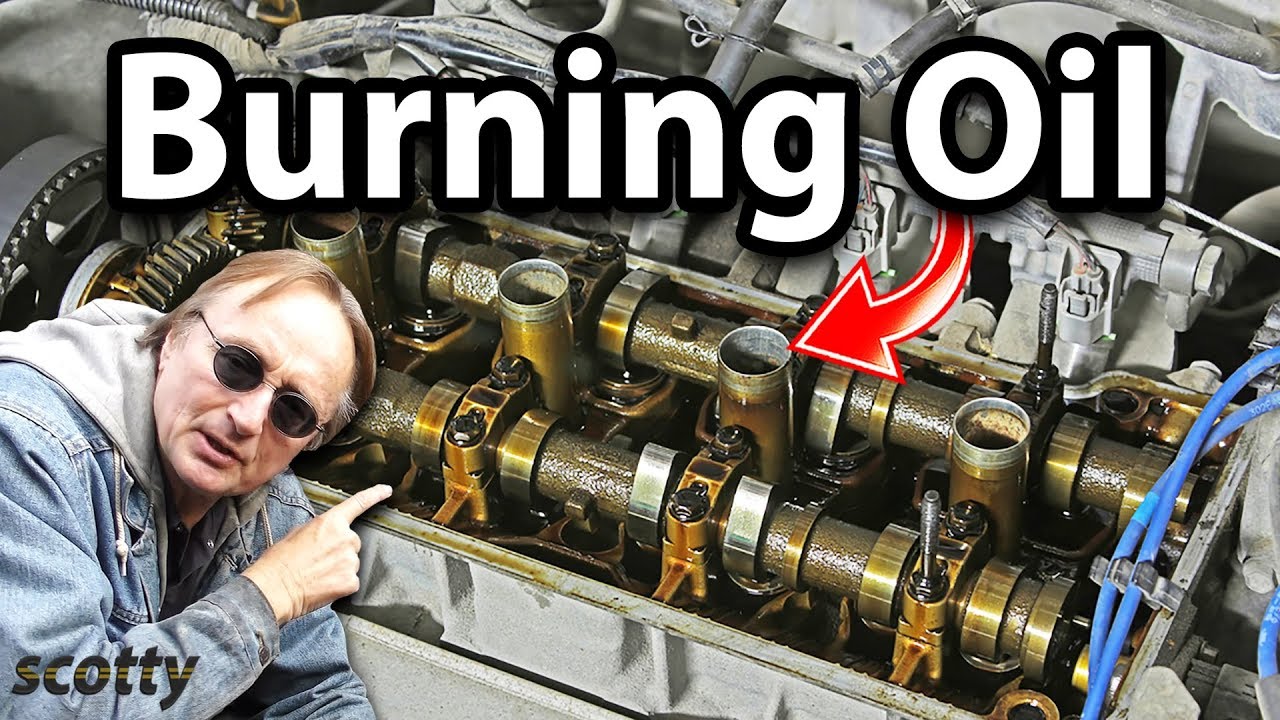Imagine cruising down the road when suddenly your car’s temperature gauge spikes into the red zone. An empty coolant reservoir often spells trouble for your engine, but fear not! In this enlightening journey, we’ll explore the hidden culprits behind your vanishing coolant and offer practical solutions to keep your engine cool and happy.
What Is a Coolant Reservoir and How Does It Work?
A coolant reservoir, also known as an overflow tank, is a small plastic or metal tank that is connected to the radiator of a car’s cooling system. Its primary function is to provide a space for excess coolant to expand and contract as the engine heats up and cools down.
The way it works is simple – as the engine heats up, the coolant expands and flows into the coolant reservoir. Then, as the engine cools down, the coolant contracts and is drawn back into the radiator from the reservoir. This ensures that the radiator is always filled with the right amount of coolant and prevents it from overheating.
The coolant reservoir also has a fill line, indicating the appropriate coolant level for optimal engine performance. If the coolant level drops below this line, it could indicate a problem with the cooling system, such as a leak or evaporation, which should be addressed promptly to prevent engine damage.
Causes of an Empty Coolant Reservoir
The following are some of the reasons you have an empty coolant reservoir:
1. Blown Head Gasket
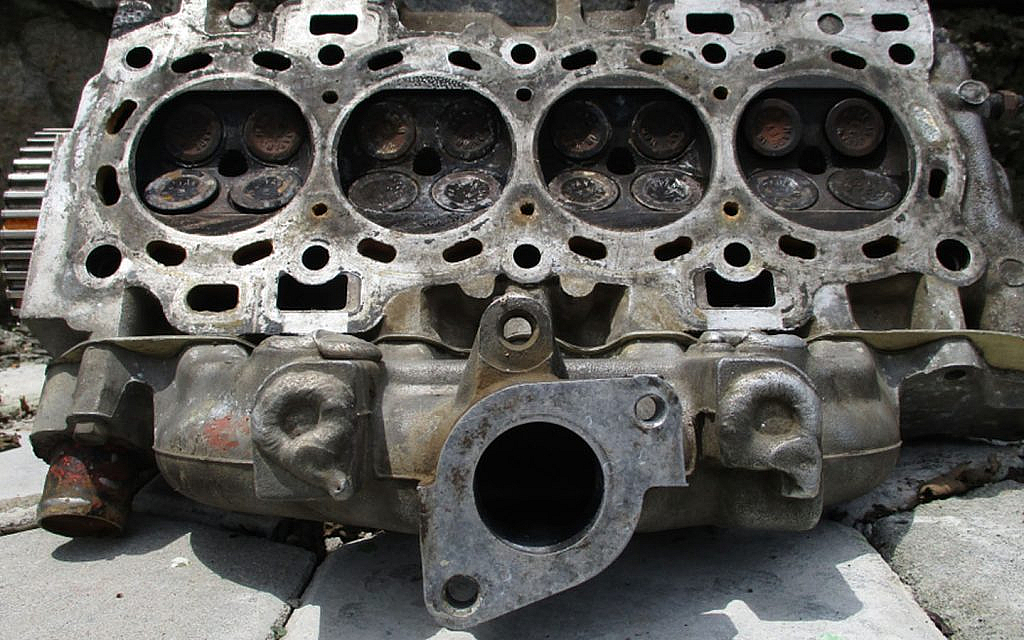
A blown head gasket can be a dire and complicated fix for your vehicle. A head gasket has the duty of converting coolant into a vapor that permeates into the combustion chamber or other similar systems like the oiling mechanism. When the coolant permeates into the combustion chamber, it produces a cloud of white smoke through the exhaust.
Moreover, when the coolant combines with oil, it creates sludge, making the oil thick and obstructing its ability to lubricate the engine components properly. Both of these conditions lead to a depletion in the coolant reservoir, and if the gasket has any fissures, the coolant will gradually escape, causing the engine to overheat if the reservoir is not refilled
2. Broken Radiator Cap
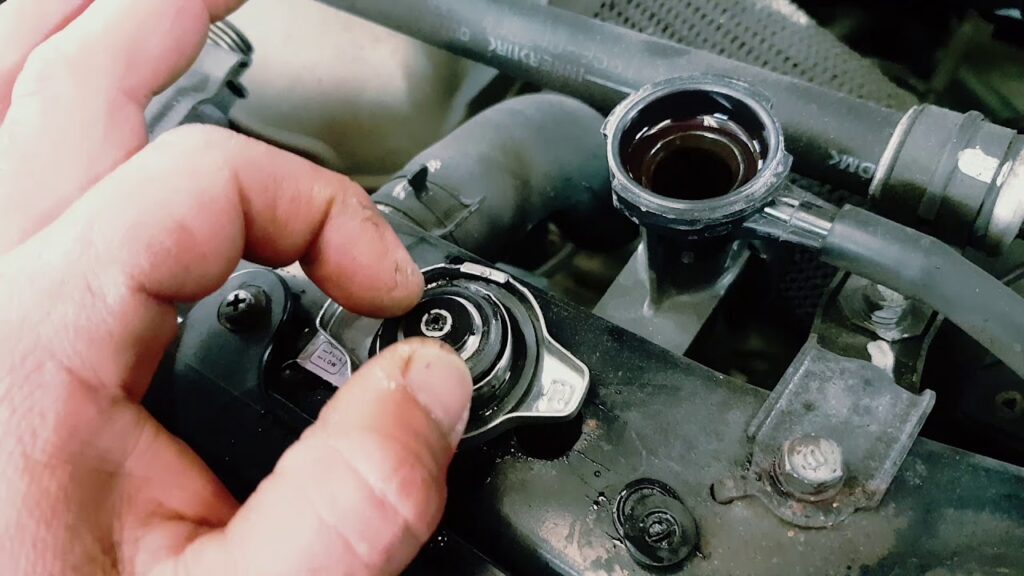
A broken radiator cap is a common cause of an empty coolant reservoir. The radiator cap regulates the pressure in your car’s cooling system and maintains it at around 15 psi. If the cap is broken or cracked, it can cause the coolant to evaporate and reduce the level of it in the system. This can lead to the engine overheating and causing significant damage.
3. Coolant Hose Leak
A ruptured coolant hose can also cause an empty coolant reservoir. This may be the result of an overheating engine that generates excessive pressure and expands the hose, potentially snapping the clamps that secure it.
This can result in rapid coolant evaporation through any slack in the clamp. Identifying and repairing the leak as soon as possible is essential by inspecting the vehicle’s underside and tightening or replacing the damaged hose.
4. Hole in The Radiator
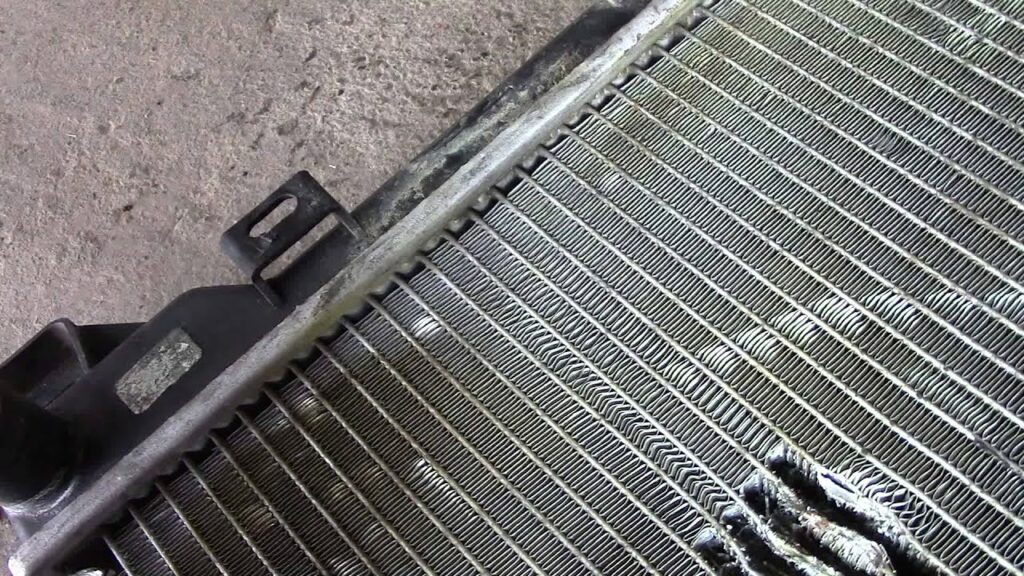
A breach in the radiator can also be the culprit behind a coolant leak, particularly if the radiator has been damaged in a collision or has become outdated. Age-related degradation can cause coolant to seep through cracks and disappear. It is crucial to identify a faulty radiator by inspecting the vehicle’s undercarriage and looking for the source of the leak.
A small hole can cause the coolant to evaporate, and in such cases, it is advisable to remove the radiator and conduct a smoke test. The hole can be patched, and many repair shops offer this service at an affordable cost. However, replacing the radiator with a brand-new one is the most effective solution.
5. Failing Water Pump Seal
A malfunctioning water pump seal can result in a depleted coolant supply and eventual engine overheating. Regular inspections of both the water pump and its seal are imperative to spot any signs of wear, such as cracks or hardening.
While changing the seal alone is a more economical option, replacing the seal and water pump simultaneously might be more cost-efficient if one is close to the recommended mileage for water pump service.
6. Faulty Thermostat
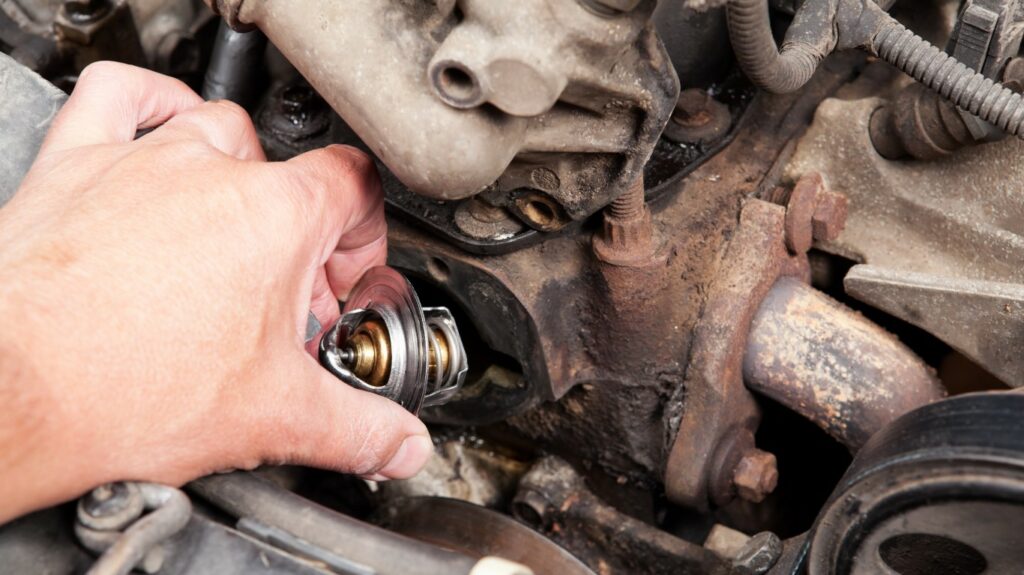
A faulty thermostat can cause the engine to overheat, which in turn can cause the coolant reservoir to become empty. The thermostat is responsible for regulating the flow of coolant in the engine, and if it fails to open or close at the correct temperature, it can cause the coolant to be blocked or not flow properly. This can cause the engine to overheat and reduce the coolant level in the reservoir.
7. Damaged Cylinder Head
A damaged cylinder head can also cause coolant to leak into the engine oil, ultimately leading to an empty coolant reservoir. Common causes of a damaged cylinder head include overheating and age-related metal fatigue.
The symptoms of a damaged cylinder head include engine misfires, white smoke from the exhaust, and a loss of engine power. If you suspect a damaged cylinder head, it is best to have your vehicle inspected by a professional mechanic, as this is a complex and costly repair.
8. Cracked Engine Block
A cracked engine block is a severe issue that can lead to a low coolant level in the reservoir. A cracked block allows coolant to leak out of the engine, leading to overheating and engine damage.
Signs of a cracked engine block include white smoke from the exhaust, oil that appears milky or frothy, and engine overheating. If you suspect a cracked engine block, a mechanic must inspect your vehicle as soon as possible to prevent further damage.
How Can I Fix My Car’s Coolant Reservoir?
If you’re having issues with your car’s coolant reservoir, there are several ways to fix it. Here are some possible solutions:
Tighten or replace the cap
Sometimes, the coolant reservoir cap may not be tightened enough or may be damaged. In such cases, the cap needs to be replaced or tightened securely. A loose or damaged cap can cause the coolant to evaporate and reduce the level of coolant in the system. It can lead to overheating, which can damage your engine.
Check for leaks
Inspect the entire coolant system for any leaks. A broken hose, a cracked radiator, or a malfunctioning water pump can cause a leak. If you find any leaks, replace the damaged part immediately. Tightening any loose clamps can also fix a leak in some cases.
Replace the reservoir
If the coolant reservoir is cracked, punctured, or otherwise damaged, it must be replaced. You can purchase a new reservoir from an auto parts store or online. You’ll need to drain the coolant from the system before you remove the old reservoir and install the new one.
Flush the cooling system
If you notice that your coolant reservoir is dirty or contaminated, you may need to flush the entire cooling system. Over time, rust, debris, and other contaminants can build up in the coolant system, which can cause blockages and other issues. Flushing the system will remove all the contaminants and allow fresh coolant to be added.
Add coolant
If your coolant reservoir is empty, you must add coolant to the system. Make sure to use the same type of coolant that’s recommended by your car’s manufacturer. You can add the coolant directly to the reservoir or through the radiator. Be careful not to overfill the system as it can cause damage.
How Should I Maintain My Coolant System?
Properly maintaining your car’s coolant system is crucial to ensure it runs efficiently and smoothly. Here are some essential steps you can take to maintain your coolant system:
Check the coolant level regularly
Regularly checking the coolant level in the reservoir is crucial to maintain the proper amount of coolant in the system. The coolant level should be checked when the engine is cold, and the car is parked on a level surface. If the level is low, add the appropriate coolant type as the manufacturer recommends.
Inspect the hoses and belts
The hoses and belts are essential components of the coolant system. Inspect them for any signs of wear or damage. Look for cracks, leaks, and loose connections. If you notice any issues, have them repaired or replaced as soon as possible.
Flush and refill the coolant
Over time, the coolant in the system can become contaminated or lose its effectiveness. Flushing the system and replacing the coolant is recommended every 2 to 5 years, depending on the manufacturer’s recommendation. This helps remove any debris or sediment accumulating in the system, ensuring the coolant can flow freely and effectively.
Check the radiator for damage
The radiator is responsible for dissipating the heat generated by the engine. It is essential to keep the radiator clean and free of debris, as well as to check for any signs of damage or corrosion. If there are any issues, have them repaired or replaced as soon as possible.
Use the appropriate coolant
Using the correct type of coolant recommended by the manufacturer is essential to maintaining the coolant system’s effectiveness. Mixing different types of coolant can damage the system, so it is important to follow the manufacturer’s recommendations.
Schedule regular maintenance
Regular maintenance, including coolant system inspections and tune-ups, can help prevent and catch any problems early on. It is recommended to follow the manufacturer’s recommended maintenance schedule for your vehicle.
FAQs
What is a coolant reservoir, and what is its purpose?
A coolant reservoir, also known as an overflow tank or expansion tank, is a plastic container that stores excess coolant fluid for your car’s cooling system. Its primary purpose is to maintain the proper level of coolant in the engine, which helps to regulate the engine’s temperature and prevent overheating.
What should I do if my coolant reservoir is empty?
If you notice that your coolant reservoir is empty, it’s important to refill it immediately. You should also inspect the entire cooling system for any signs of leaks or other issues. If you cannot locate any problems, it may be best to take your car to a professional mechanic for further diagnosis and repair.
How often should I check the coolant level in my car’s reservoir?
It’s a good idea to check your car’s coolant level at least once a month, especially during the summer months or if you frequently drive in stop-and-go traffic or harsh conditions. This will help you catch any potential issues before they become major problems.
Can I use water instead of coolant in my car’s cooling system?
While water may be a suitable substitute for coolant in an emergency situation, it’s generally not recommended for long-term use. Coolant is specifically designed to protect your engine from corrosion and overheating, and it contains additives that help prolong the life of the cooling system.
How often should I flush my car’s coolant system?
The recommended interval for flushing your car’s coolant system varies depending on the make and model of your vehicle. In general, it’s a good idea to flush the system every 2-3 years or every 30,000-50,000 miles. This will help remove any buildup of dirt, debris, or rust that can clog the system and reduce its efficiency.
Conclusion
In conclusion, a properly functioning coolant reservoir is essential for maintaining your vehicle’s cooling system and preventing engine damage due to overheating. It is important to understand the causes and signs of an empty coolant reservoir and to address any issues promptly to prevent further damage.
Regular maintenance of your coolant system, including checking the coolant level and quality, flushing the system, and inspecting hoses and connections, can help prevent issues from occurring in the first place. If you do encounter any problems with your coolant system, it is best to consult with a qualified mechanic or technician to ensure proper diagnosis and repair.

